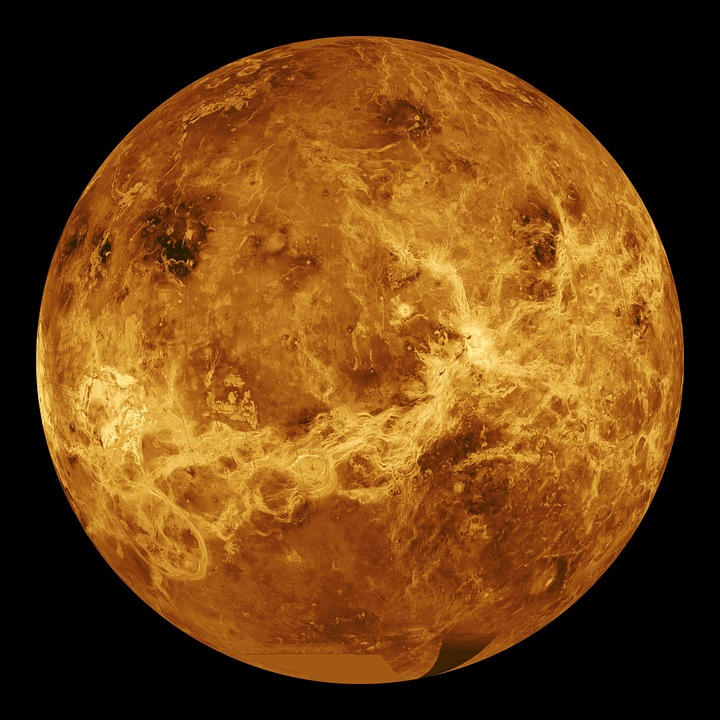
Several space experts strongly believe that Venus has been a dormant space body at least for the past half-a-billion years. However, a new study report has contradicted this assumption, as it states that Venus could be volcanically active even today. During the study, researchers identified three dozen features on Venus, that was most probably created by volcanic activities in the recent past.
Volcanic Activity on Venus
The research primarily focused on ring-like structures on Venus called coronae. Experts believe that coronae are usually formed due to the upwelling of hot rock from deep within the planet's interior, and the presence of these structures on the planet's surface strongly hints at the planet's geologically active nature.
"This is the first time we are able to point to specific structures and say, 'Look, this is not an ancient volcano but one that is active today — dormant, perhaps, but not dead. This study significantly changes the view of Venus from a mostly inactive planet to one whose interior is still churning and can feed many active volcanoes," said Laurent Montési, a professor of geology at the University of Maryland and the co-author of the study in a recent statement.
Anna Gülcher, an Earth and planetary scientist of the Institute of Geophysics in Zurich, and lead author of the study, assured that Venus is clearly geologically alive.
"Our work shows that some of that interior heat is still able to reach the surface even today. Venus is clearly not so geologically dead or dormant as previously thought," said Gülcher.
Venus Shared No Similarities with Earth
A few months back, another study report published in the Journal of Geophysical Research: Planets had suggested that the surface of Venus was filled with lava in the ancient days. Researchers made this conclusion after reexamining Ovda Regio highlands plateau in Venus. According to scientists, this plateau is made up of lava.









